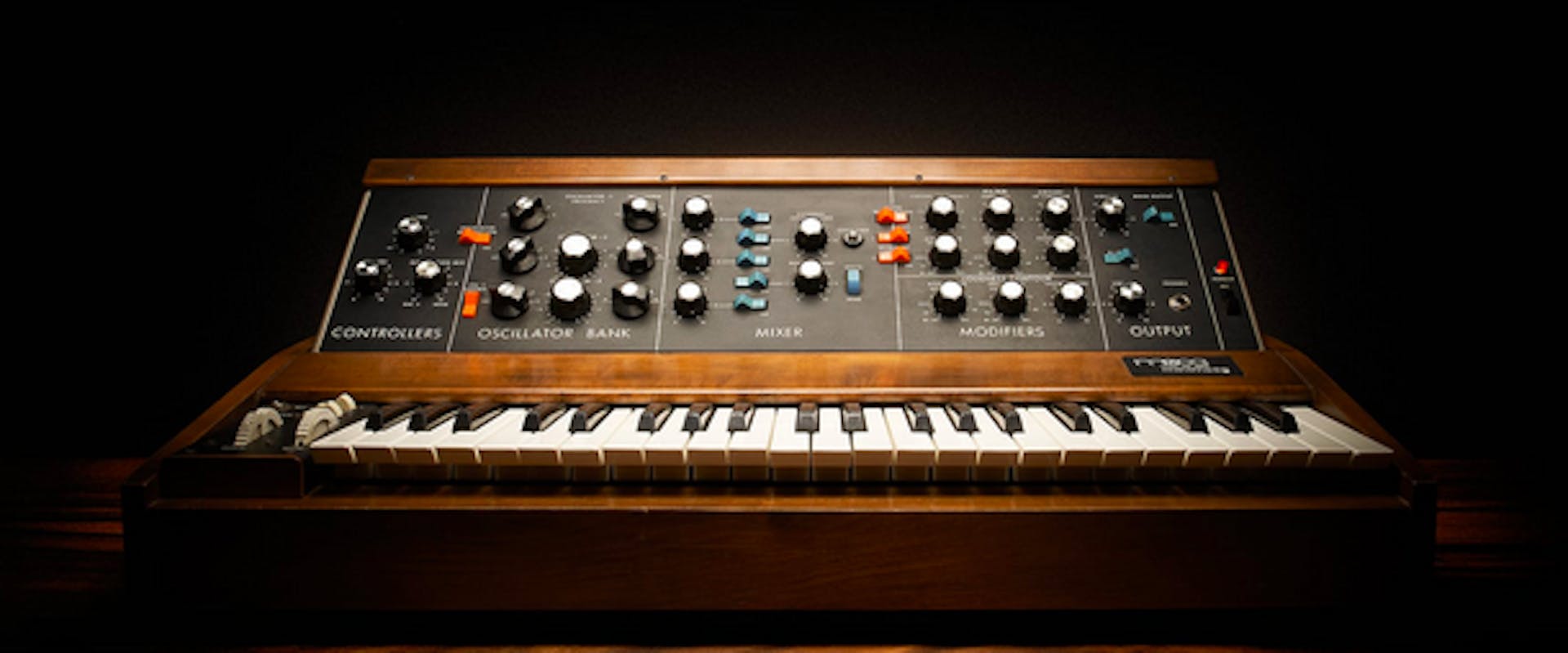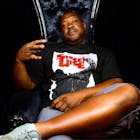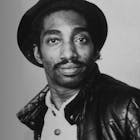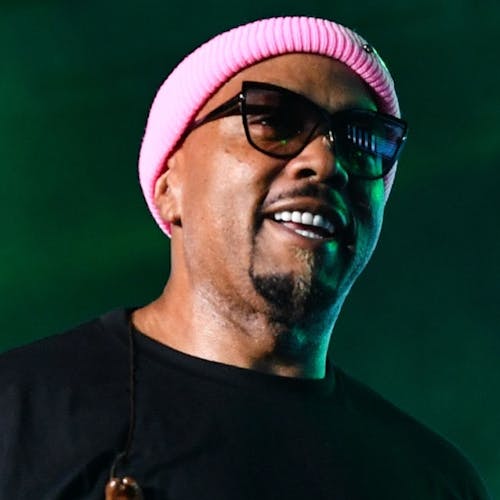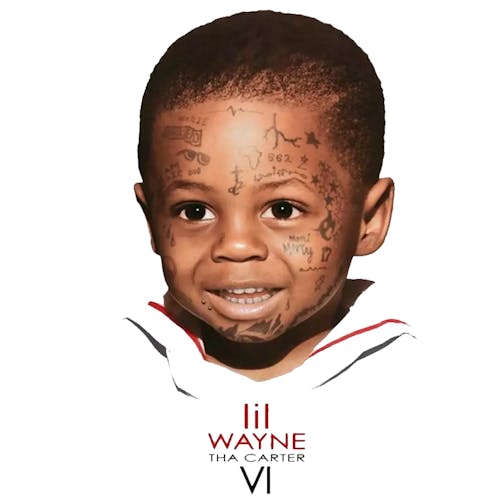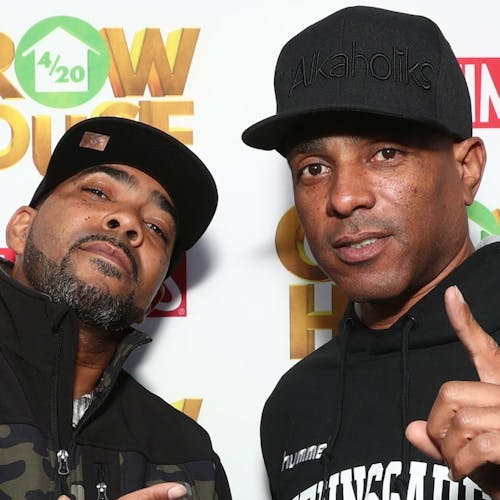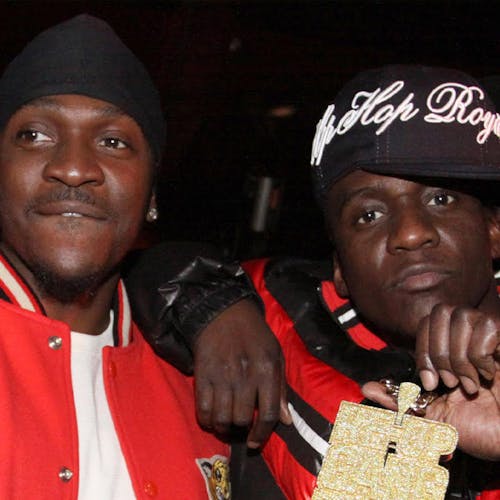Musician and producer Reggie Griffin, who was a member of the Sugar Hill Records house band and produced Chaka Khan's mega-hit "I Feel For You," was also a Minimoog user.
"I came to Sugar Hill Records around 1981 and I bought a Prophet 5 synthesizer," he told ROCK THE BELLS. "I specifically wanted that sound and it's what I could afford. Most synths played one note or voice at a time, but the Prophet 5 played five voices. Sugar Hill had a Minimoog but at the time there was really nobody there that could program it."
Reggie says Sugar Hill founder Sylvia Robinson quickly noticed that he knew his way around the Minimoog. "Without it being official, I became the Minimoog programmer and drum programmer," he says. "The first record that I played on at Sugar Hill was 'Apache' by the Sugar Hill Gang and I used the Prophet 5 on it, but I used the Minimoog on 'The Message.'"
